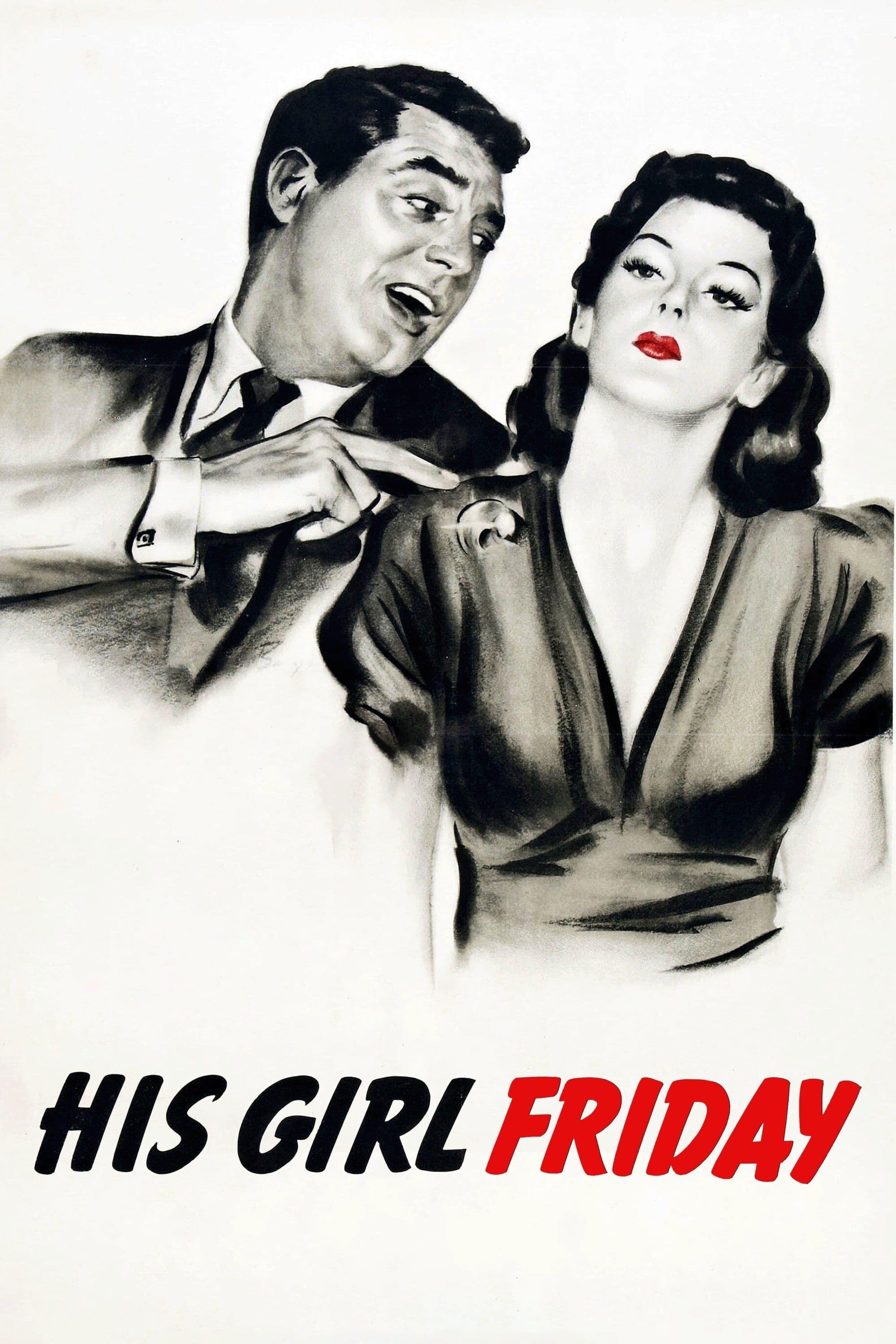
His Girl Friday
1940
Rate this movie
Average: 0.00 / 5
(0 votes)
Director
Drawn from a successful play, The Front Page by the duo MacArthur – Hecht, this film was undeniably born under a lucky star, boldly distancing itself from its theatrical matrix and previous cinematic adaptations. While Lewis Milestone's 1931 version already highlighted the frenzy and cynicism of the journalistic world, it was Howard Hawks' brilliant intuition – that of transforming managing editor Hildy Johnson into a woman, entrusting her with Rosalind Russell's face and vivacious spirit – that imprinted a completely new dynamic on the film, turning professional rivalry into a dizzying romantic comedy.
Firstly, because behind the camera is Howard Hawks, a master of graceful, intelligent, and always soberly ironic cinema, whose entire filmography is a testament to the elegance of invisible direction, capable of distilling the most complex human interaction into sequences of apparent naturalness. His predilection for strongly professional characters, often immersed in male worlds but then disrupted by the irruption of equally competent and strong-willed female figures, finds one of its highest expressions here, almost a manifesto of that "screwball logic" which sees love blossoming amidst sparks of wit and a healthy dose of chaos. Secondly, because it features the participation of Cary Grant, the actor who, more than any other, knew how to embody the spirit of brilliant Hollywood comedy, translating it into gestures, appearance, and acting. His Walter Burns is the peak of his comedic persona: a charming, manipulative, and irresistibly charismatic man who embodies the quintessence of the 'Hawksian type' – an obsessive professional whose world is pleasantly subverted by a woman who is his intellectual and passionate equal.
Hawks directs Cary Grant and Rosalind Russell in a whirlwind of comedic situations and lightning-fast retorts, creating a work that still entertains and surprises today with its modernity, not only for its exhilarating precision but for its acute understanding of power and attraction dynamics. The film is a perfect example of screwball comedy, a genre that captured the free and non-conformist spirit of the 1930s, emerging as an exhilarating balm in an America prostrated by the Great Depression. Characterized by eccentric characters, intricate plots that often derail into controlled chaos, and effervescent dialogues, screwball comedy served as a vehicle to explore – and subvert – the rigid social conventions of the era. In films like It Happened One Night or The Awful Truth, one witnesses a renegotiation of gender roles, with strong and independent female figures challenging male authority, often with hilarious results. His Girl Friday elevates this formula, blending the battle of the sexes with intense professional competition, making the stakes doubly compelling.
His Girl Friday is a film distinguished by its contagious energy, its ability to make one laugh out loud, and its ironic and irreverent portrayal of the world of journalism, an environment that Hawks knew well and depicted with a mixture of affection and ruthless lucidity.
The plot revolves around Walter Burns, editor of a major Chicago newspaper, and his ex-wife Hildy Johnson, a talented journalist who has decided to leave her job and remarry a "normal" man, one not tied to exasperating rhythms and impossible working hours. But Walter, whose manipulative genius is matched only by his undisputed nose for news, is unwilling to lose Hildy, both as a journalist – aware of her irreplaceable sharpness and biting prose – and as a woman, the only person capable of standing up to him with equal intelligence and sarcasm. Cunningly and without scruple, he involves her in a sensational murder case, whose scandalous flavor is too tempting for a pen of Hildy's caliber, making her return to work for him and preventing her from leaving with her new fiancé, the prosaic Bruce Baldwin, whose good-natured candor is destined to clash with the dizzying reality of daily news. Amidst chases, exclusive interviews, and plot twists that follow one another at a dizzying pace, Walter and Hildy find themselves collaborating, arguing, and rediscovering not only their irresistible mutual attraction but also that indissoluble intellectual and professional connection that makes them perfect for each other, almost a symbiotic entity where private life merges and blurs with the adrenaline of the newsroom.
The film is an unstoppable succession of comedic situations and brilliant dialogues, highlighting the competitiveness, the biting cynicism, and, ultimately, the indissoluble affection that binds the two protagonists. It is a sparkling comedy, with a pace so perfect it verges on dizziness, where a half-smile melts into amused laughter with disarming naturalness. In this most delicate operation, credit primarily goes to the tight, lightning-quick, almost pyrotechnic dialogues, where a dialectical game of repartee becomes the pulsing linchpin of the entire work. Hawks, with his unparalleled mastery of comedic timing, meters pauses, accelerations, and surprise lines to achieve maximum effect, but above all, he pushes the accelerator on the technique of overlapping dialogue – a true revolution for the era. Characters talk over each other, interrupt each other with surprising verisimilitude, contradict each other with fervor and wit, creating not only a vortex of exhilarating confusion but also a sense of realism and urgency that projects the viewer directly into the pulsating heart of the newsroom. It's not just speed, it's density: the film is estimated to boast one of the highest words-per-minute rates in the history of classical cinema, almost double that of a normal comedy of the era. This incessant verbal barrage, which transforms the dialectical alternation into a veritable "verbal dance" in which characters challenge each other with lightning-fast quips and wit, is the keystone of Hawksian genius, revealing through mere language the extraordinary intelligence and irrepressible vitality of his protagonists. The back-and-forth is never an end in itself; it often underlies misunderstandings and miscommunications that generate hilarious comedic situations, but it is also the engine that drives the plot forward, a vehicle for character revelation and for the progression of the relationship between Walter and Hildy.
Through all this sparkling logorrhea and impeccable verbal choreography, Hawks stages not only a farce but a biting and still incredibly relevant satire of the world of journalism. He unveils its frantic pace, its ruthless competitiveness, its often elastic ethics, and its inescapable tendency towards sensationalism, where news is a commodity to be sold and truth is often malleable based on circulation. The film does not hesitate to cast a cynical eye also on the corruption and hypocrisy of the political and judicial world, showing how institutional representatives are often more interested in power and their personal interests than in the common good, and how justice can be easily influenced by media clamor and opportunism. The case of Earl Williams, the death-row inmate, thus becomes not just a narrative pretext, but a symbol of the manipulability of public opinion and the cynical machinery hidden behind the scenes of "crime news." His Girl Friday transcends mere comedic entertainment to become a sharp commentary on human nature and society, a work that, with its unrestrained joy, conceals a profound reflection on truth, power, and the complex dynamics that govern our lives. And it is precisely Hawks' ability to virtuously manage dialogues, to weave a gripping, breakneck plot, and to create an atmosphere of brilliant verbal confusion that makes this work not only an enduring classic of American comedy but a lesson in cinema and life, a ray of light on art's capacity to entertain while instigating critical thought.
Country
Gallery

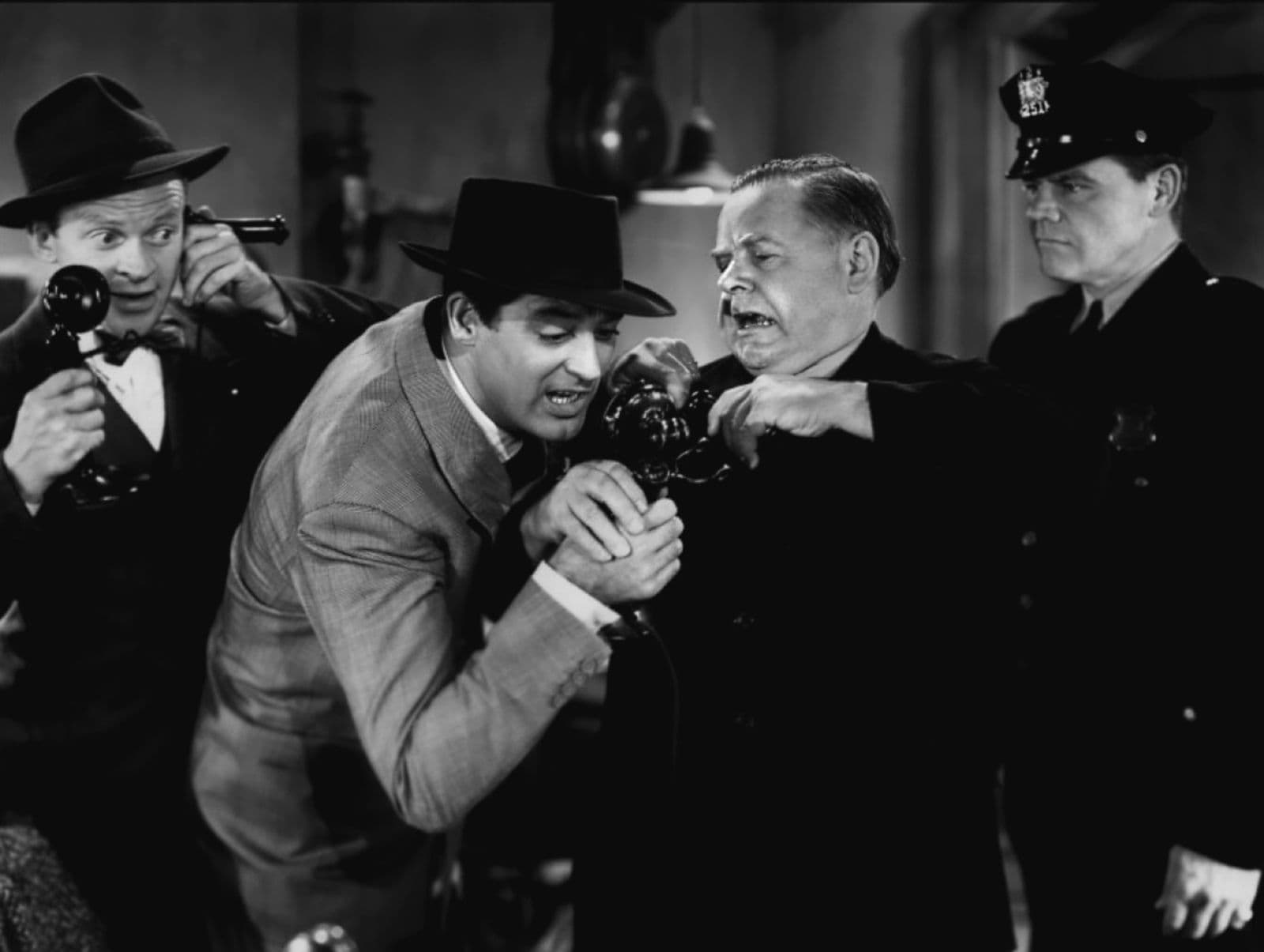
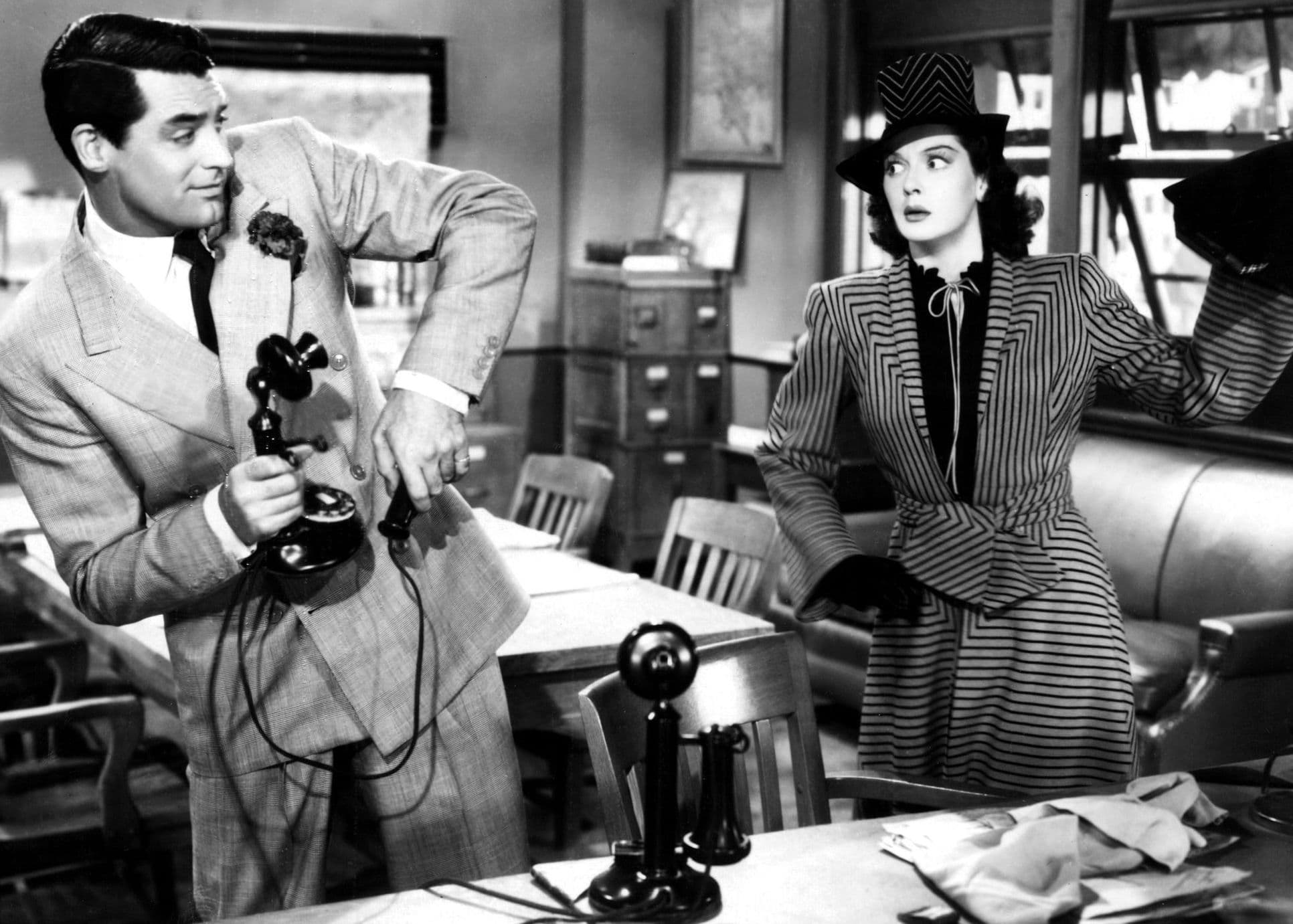
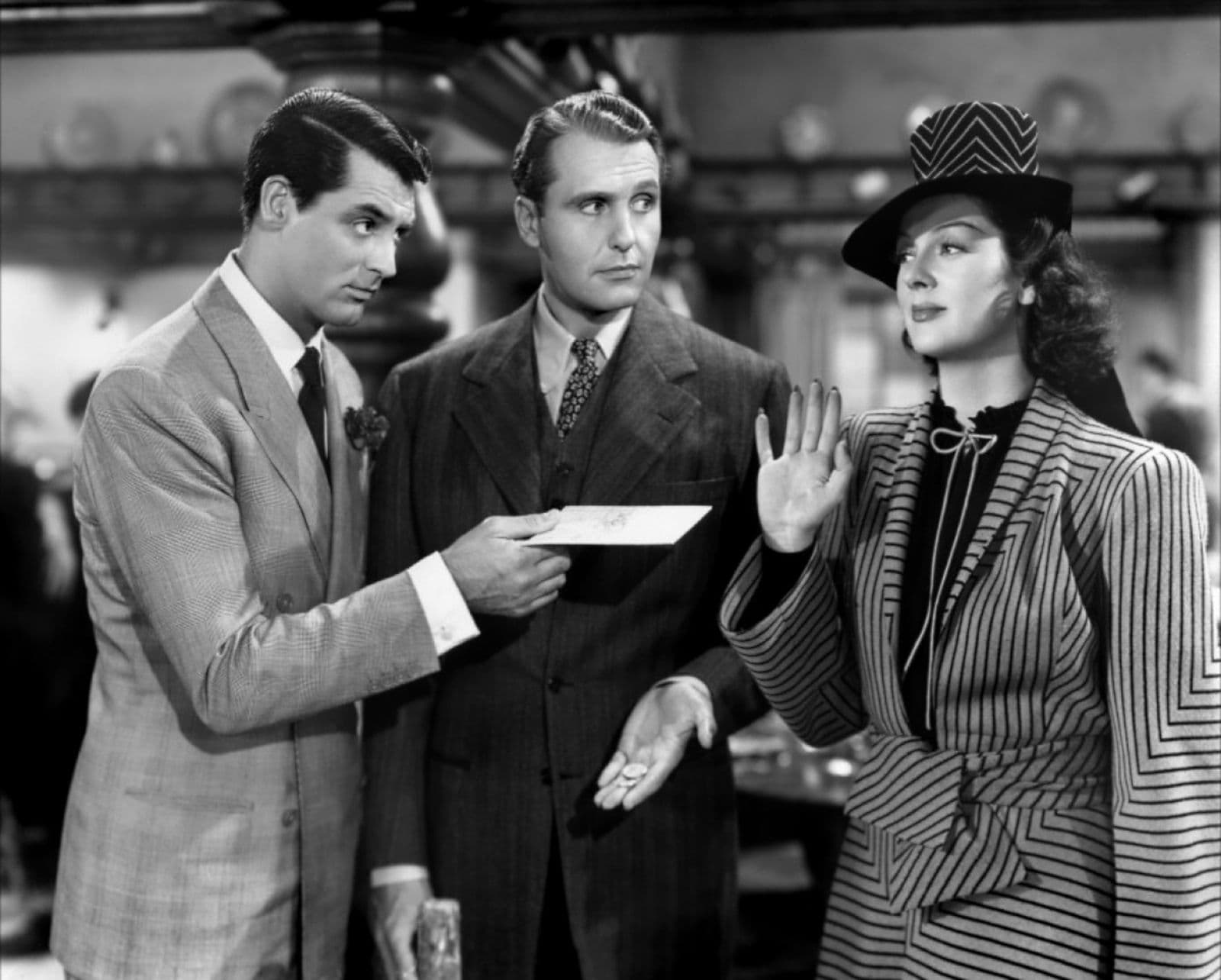
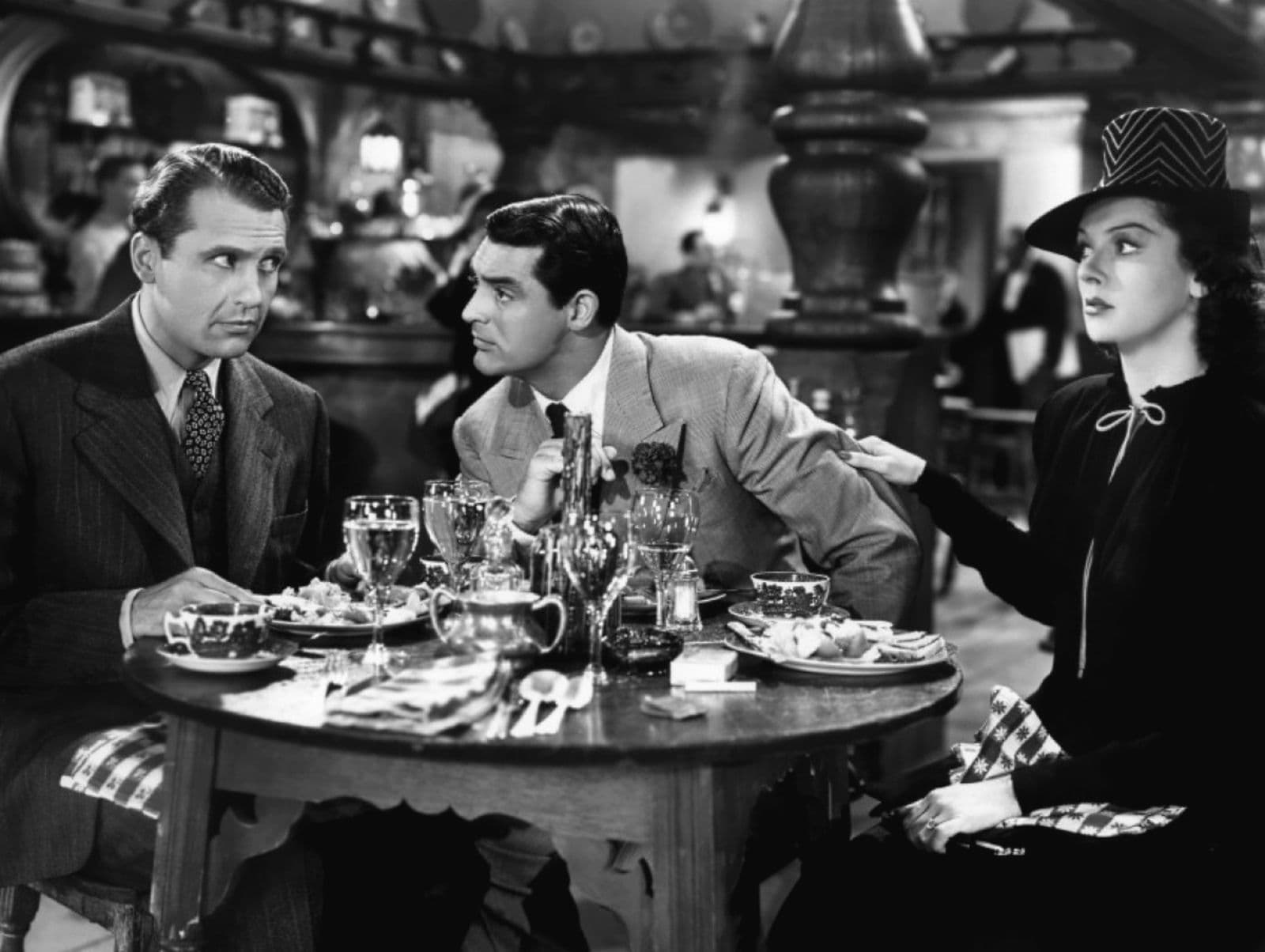
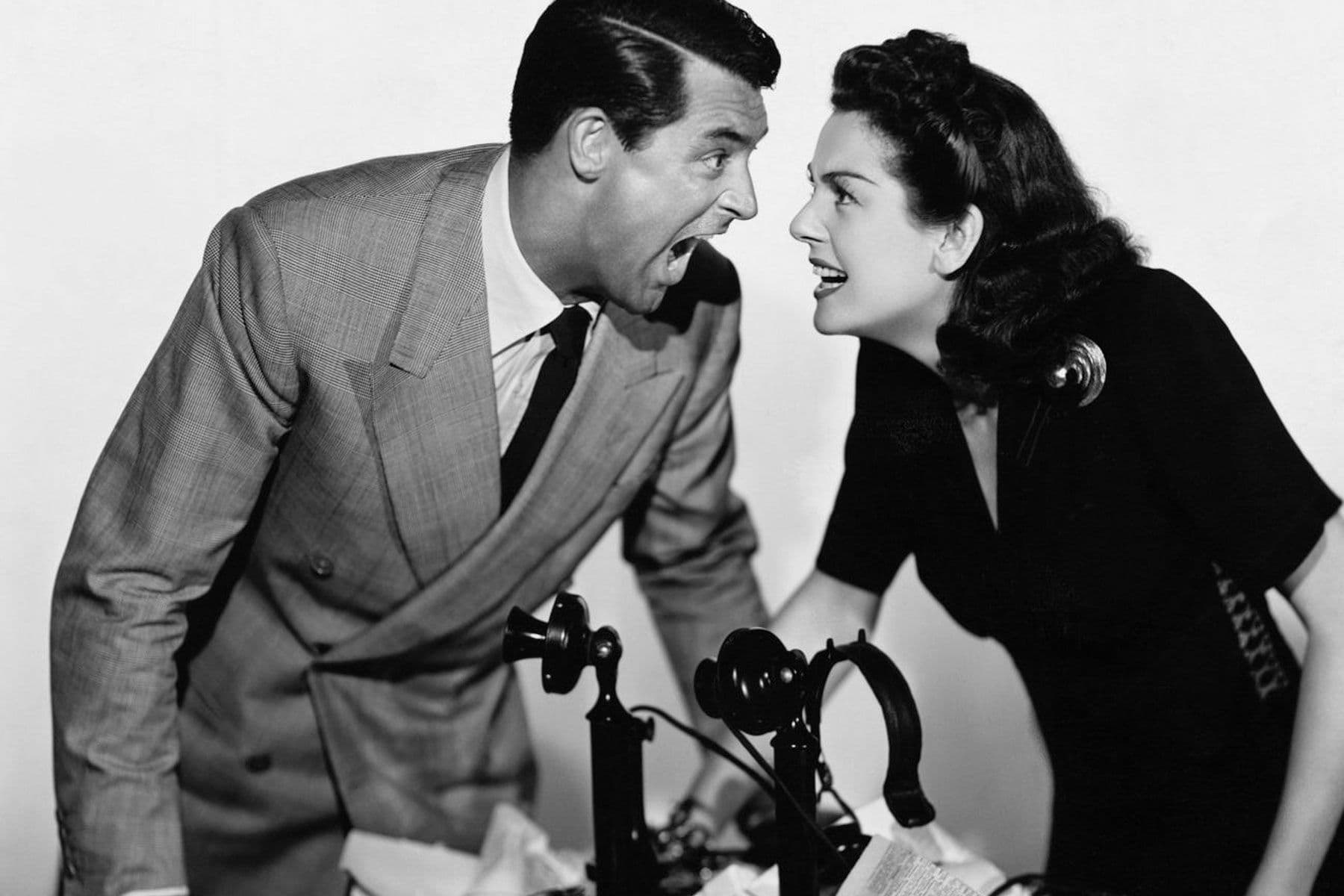
Comments
Loading comments...